Modern iPhones feature highly durable glass that's designed to withstand drops, scratches, and everyday wear and tear without compromising the quality of the display. Except for the iPhone SE, the iPhone 12 and newer models feature Ceramic Shield, a glass developed specifically for Apple by Corning, which is best known for its Gorilla Glass on many Android smartphones.
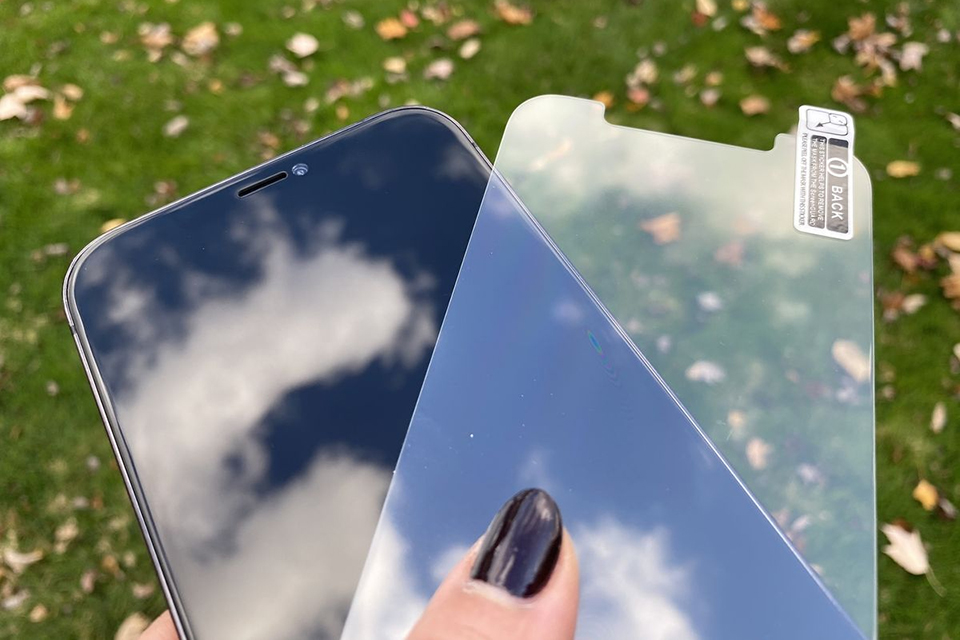
Screen protectors bring huge revenue to manufacturers
Ceramic Shield is created by embedding ceramic nanocrystals into glass through a high-temperature crystallization process, making the glass more resistant to impacts and scratches. But is that enough to protect the iPhone screen, or do we still need a screen protector? Let's find out.
By 2022, the screen protector market will generate $50 billion in revenue, with $9.9 billion coming from the US alone. That means screen protector makers are benefiting from the fact that everyone with a smartphone needs one, since cracked screens are the most common type of damage to smartphones (according to research from GadgetFix).
One downside to screen protectors is that they prevent the screen from being used as intended as they can impact the responsiveness and clarity of the screen by making it more reflective. To combat this, users often increase the brightness of the screen, resulting in shorter battery life and a cumulative negative impact over time.
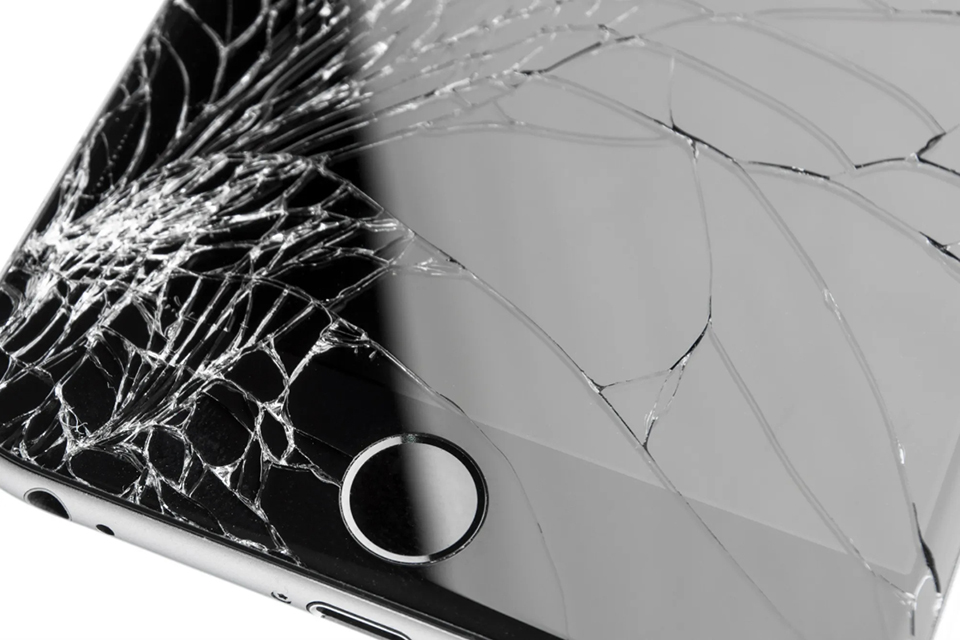
Most people have a fear of a cracked iPhone screen.
There are two types of screen protectors: tempered glass and liquid glass. Tempered glass is a solid sheet of glass that is placed on top of the screen. Liquid glass is just a liquid that is gently brushed onto the screen and left to dry. A good tempered glass offers the best protection, but it is a bit thick. Liquid glass is much thinner when dry but not as durable and many critics consider it “snake oil” that is actually harmful to the screen, but this seems to be a non-issue, at least according to testing on an iPhone 13 for 2 years with no problems.
Meanwhile, the level of added protection offered by modern protective glass remains a difficult question to answer. Ceramic Shield has proven extremely durable in drop tests, while even the best screen protectors offer next to no impact protection.
Many people sigh in relief when a screen protector breaks after a drop, while an expensive iPhone screen doesn’t, but that doesn’t necessarily mean the screen protector helped. Tests have shown that most impacts strong enough to shatter Ceramic Shield will go right through the screen protector. There’s a small threshold where a good screen protector can absorb just enough to stop it from reaching the screen, reducing the impact to the Ceramic Shield so it ‘survives’, or it could be that the Ceramic Shield is strong enough that the screen protector doesn’t matter. Of course, even a small amount of protection is better than nothing at all.
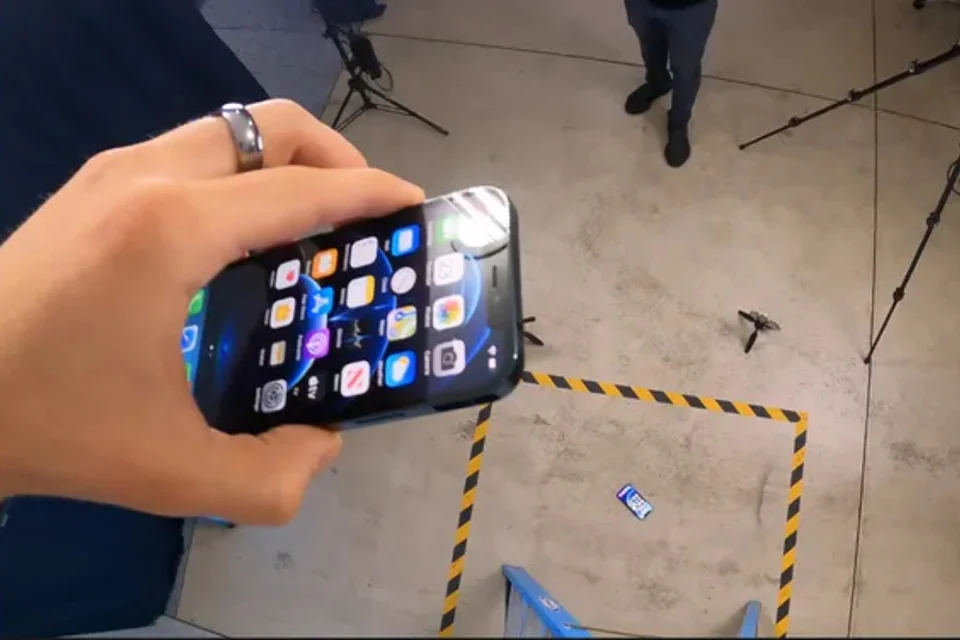
A drop test to see how durable the Ceramic Shield display on the iPhone 12 is
But what about scratches? Making harder glass is always a trade-off between hardness and impact resistance. Generally, the more shatterproof a glass is, the more likely it is to scratch, and Ceramic Shield’s drop protection means it’s more likely to scratch. Here, scratches can come from the way people carry their iPhones. If you keep your iPhone in a pocket with lots of objects like keys, scratches on the screen are inevitable, so a screen protector is a good choice.
Given the high cost of the iPhone, buying a screen protector is a must, especially when looking at repair costs, as it will add some extra protection to the screen. As a result, an iPhone screen protector may still be worth it.
Source link







![[Photo] Hanoi morning of October 1: Prolonged flooding, people wade to work](https://vphoto.vietnam.vn/thumb/1200x675/vietnam/resource/IMAGE/2025/10/1/189be28938e3493fa26b2938efa2059e)
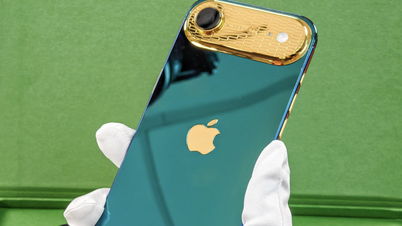


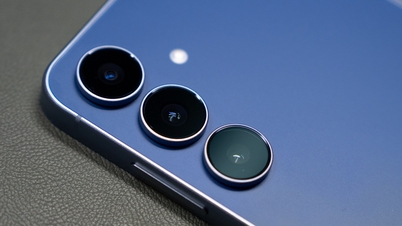



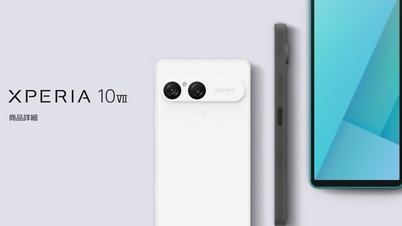
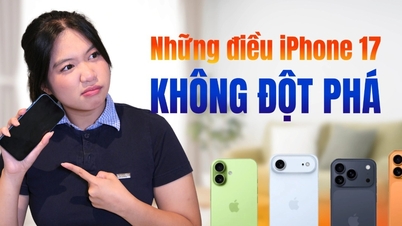



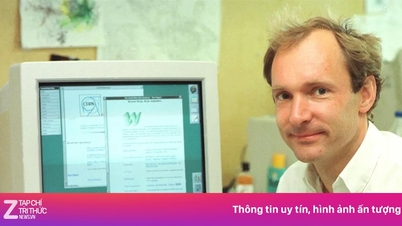

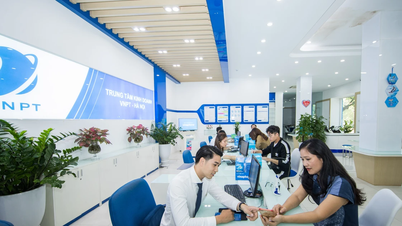

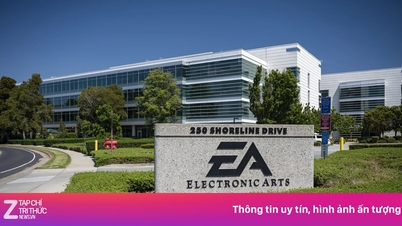








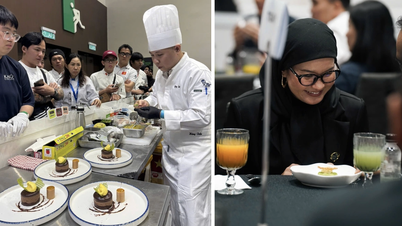

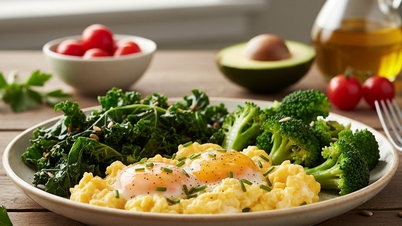
![[Photo] The 1st Congress of Phu Tho Provincial Party Committee, term 2025-2030](https://vphoto.vietnam.vn/thumb/1200x675/vietnam/resource/IMAGE/2025/9/30/1507da06216649bba8a1ce6251816820)
![[Photo] Panorama of the cable-stayed bridge, the final bottleneck of the Ben Luc-Long Thanh expressway](https://vphoto.vietnam.vn/thumb/1200x675/vietnam/resource/IMAGE/2025/9/30/391fdf21025541d6b2f092e49a17243f)
![[Photo] President Luong Cuong receives President of the Cuban National Assembly Esteban Lazo Hernandez](https://vphoto.vietnam.vn/thumb/1200x675/vietnam/resource/IMAGE/2025/9/30/4d38932911c24f6ea1936252bd5427fa)





















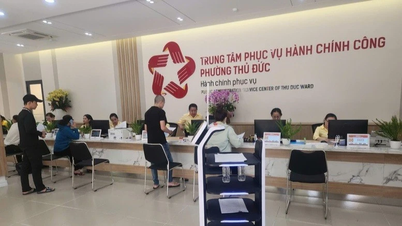












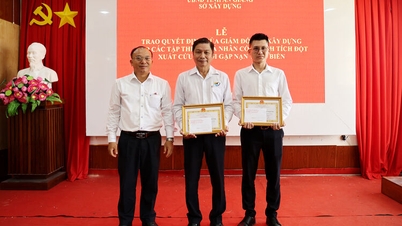



![[Megastory] A term of creation: An Giang rises from historical imprints](https://vphoto.vietnam.vn/thumb/402x226/vietnam/resource/IMAGE/2025/10/1/2660ab96e53f4270bcc37f8d39c36c78)
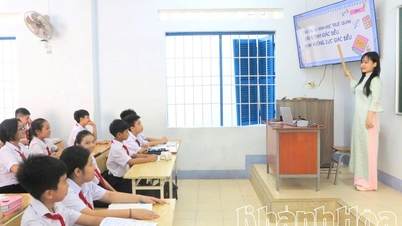


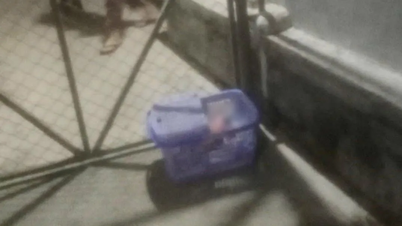















Comment (0)